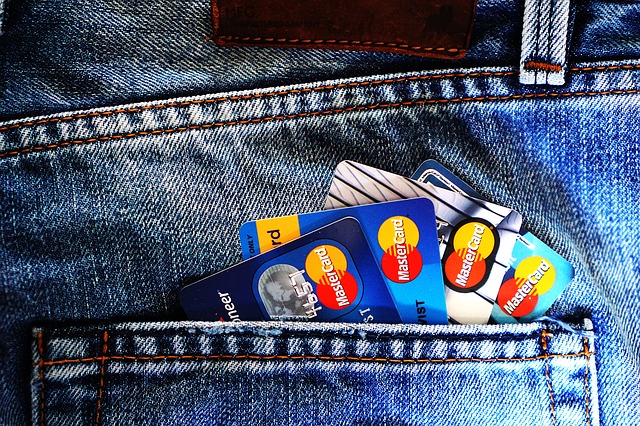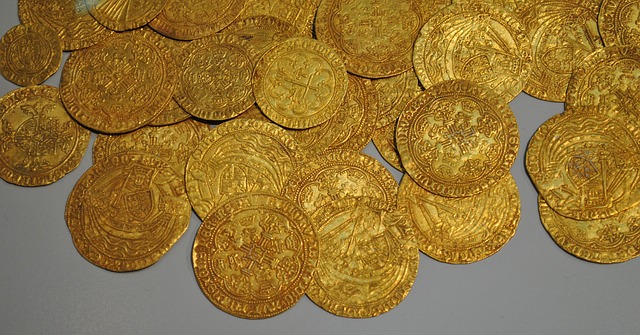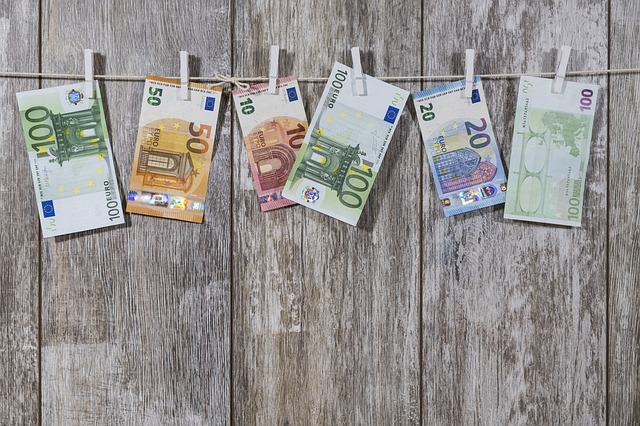There is nothing that is so necessary and desired, but it is also hated as money.
They have been with us for a long time, since the beginning of civilization, people had to exchange goods for something universal, storable and valuable. The first currencies were gold and other metals, leather, jewelry, spices, shells and linen. Already around 5000 BC, accurately weighed silver was used. But this was complicated, so the weighing was replaced by coins, and pieces of precious metal of a certain predetermined size were counted.
They were usually stamped with images of cities and monarchs. The first of them appeared in 7. In the 10th century BC, it was made of Electra, a natural alloy of gold and silver. In ancient Athens, 6000 drachma were minted from 1 unit of silver (talent = 21,196 kg), the determination of this price, the number of coins from the unit of silver, used until the end of the 19th century. In Rome, copper and bronze were used. The exchange of different types of coins led to the emergence of the first medieval banks.
But over time, these coins lost their value, mainly due to cheap silver imports from America. Gradually, they meant, rather, confidence in the wealth of the monarch, who made them mint. This created a new type of currency–Banknotes.
The oldest of them was rather a bill of exchange or served as a receipt for payment of taxes. Wooden chopsticks with cutouts were used, crushed in half, and each of the participants in the trade held a part. Then these canes were replaced up to 18. Century (England). In ancient Egypt, it was also a record of the amount of grain stored in granaries. The first banknotes primarily served as receipts for payments and could be cashed in any bank. Banknotes, as we know today, came from China with pre-marked values, where they used them from the 11th century. Century. Unfortunately, on paper money, the bankruptcy of banks, which did not have enough gold and silver to pay, occurred. Did you know that the French Revolution was the result of the bankruptcy of the state after the issuance of a large number of banknotes? They also fight for money.

20. In the XIX century, banknotes and precious metals completely divided the way. Banknotes have a fixed value, while metals are traded at variable prices. paradox, right? And it does not stop there, bank accounts and payment cards are set up, and the money is actually just an electronic record. This speeds up payments, but many people feel financial distress, because at first glance they do not see the actual cost of these “figures” and irresponsibly loan At present, the money is not backed by gold, it is not so much, so it is the so-called legal tender, based on state guarantees. Minus is the possibility of inflation. It was last adopted in Switzerland in 1999 and in England in 1931. The link with inflation is clear.